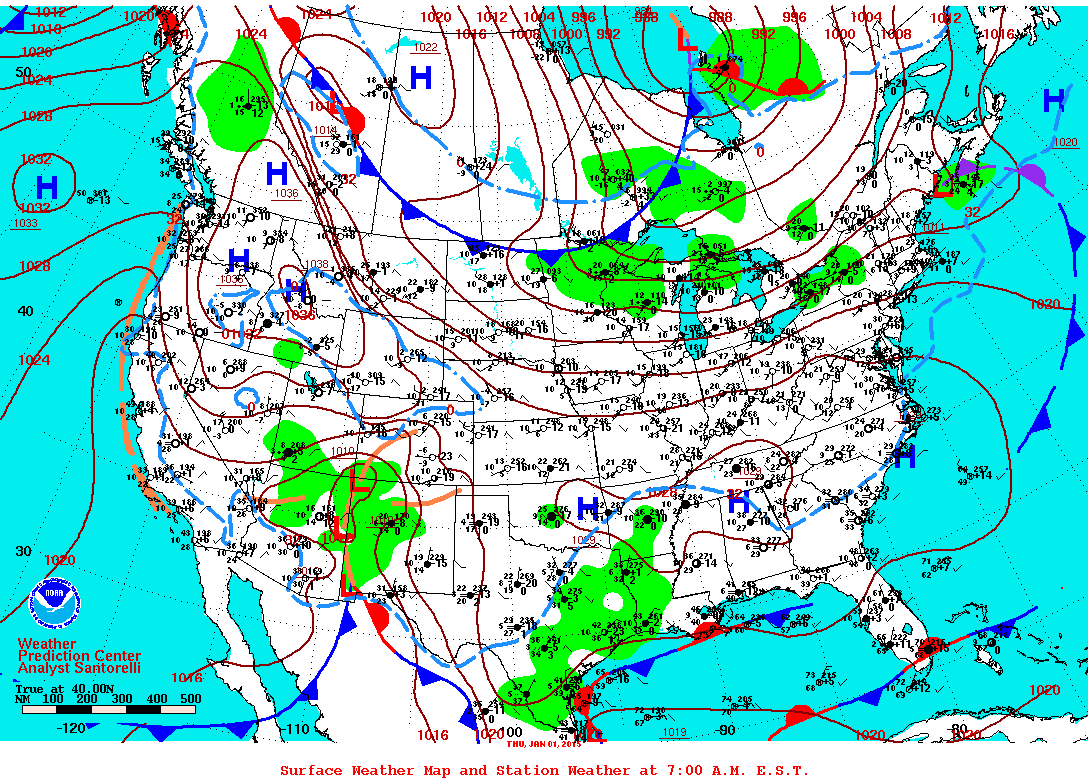Weather Map With Fronts And Pressure Systems
Weather Map With Fronts And Pressure Systems
On a weather map, fair weather is generally associated with high pressure systems, while stormy weather is usually associated with low-pressure systems. What are large swriling areas of low pressure called? cyclones. Cyclone (low pressure system): Increased cloudiness, winds, temperatures, and chance If you are close to a front and you know the front is moving towards you, you can expect a change in weather (e.g. cloud formation, precipitation. Fronts on a weather map can also be located by the change in pressure along the front, since fronts are often associated with areas of low pressure.
Learn about standard symbols used in meteorology to construct weather maps.
Learn about and revise weather systems and fronts, synoptic charts, isobars, depressions and anticyclones with BBC Bitesize GCSE Geography.
Occluded fronts are represented on weather. Students will create a weather map illustration including both low-pressure and high-pressure systems and show their understanding by. Recognize weather map features including highs, lows, fronts, isobars, and use them to infer winds, clouds and bad weather. Pressure systems are associated with certain weather patterns.
- These charts show the surface pressure pattern using isobars (lines of equal pressure) and indicate areas of high (H) and low pressure (L) along with their central.
- On a weather map, a stationary front is usually drawn using alternating cold front and warm front symbols.
- Describe weather patterns characteristic of high-pressure systems, low-pressure systems, warm fronts, and cold fronts.
We apologize but this resource is not available to you. Clouds begin to form and move across the sky -thunderhead clouds forming when moist air is thrust Keep reading for advice from our Environmental reviewer on how to identify a stationary front and the weather it brings! Symbols cP and mT represent di erent air masses. Please read below for more information.
- On a weather map fronts are drawn there is large change in temperature and a shift in wind direction.
- The location where two air masses meet is called a front.
- The cold front over takes the warm front and cold air moves into cooler air ahead of the warm front.



0 Response to "Weather Map With Fronts And Pressure Systems"
Post a Comment